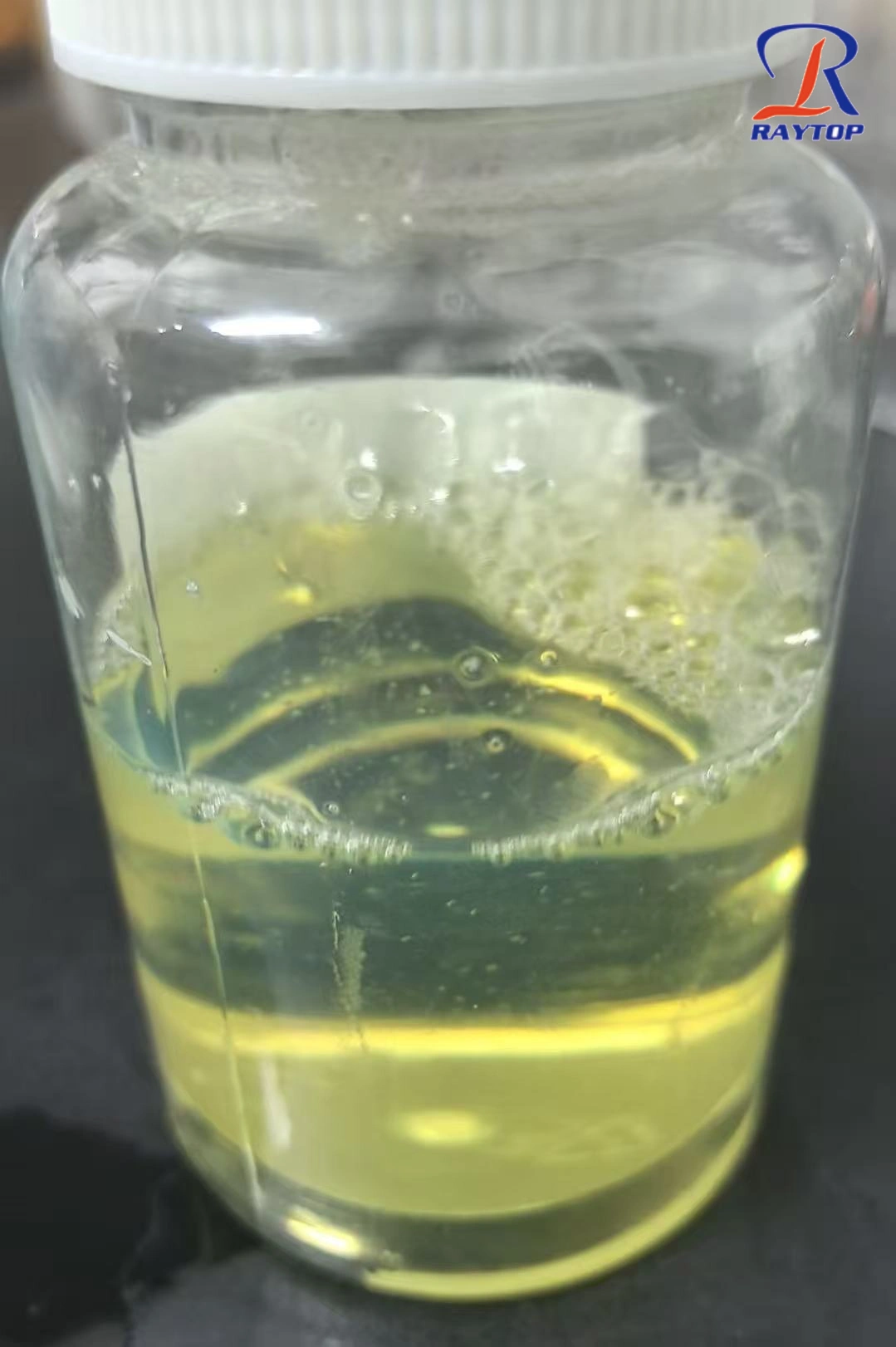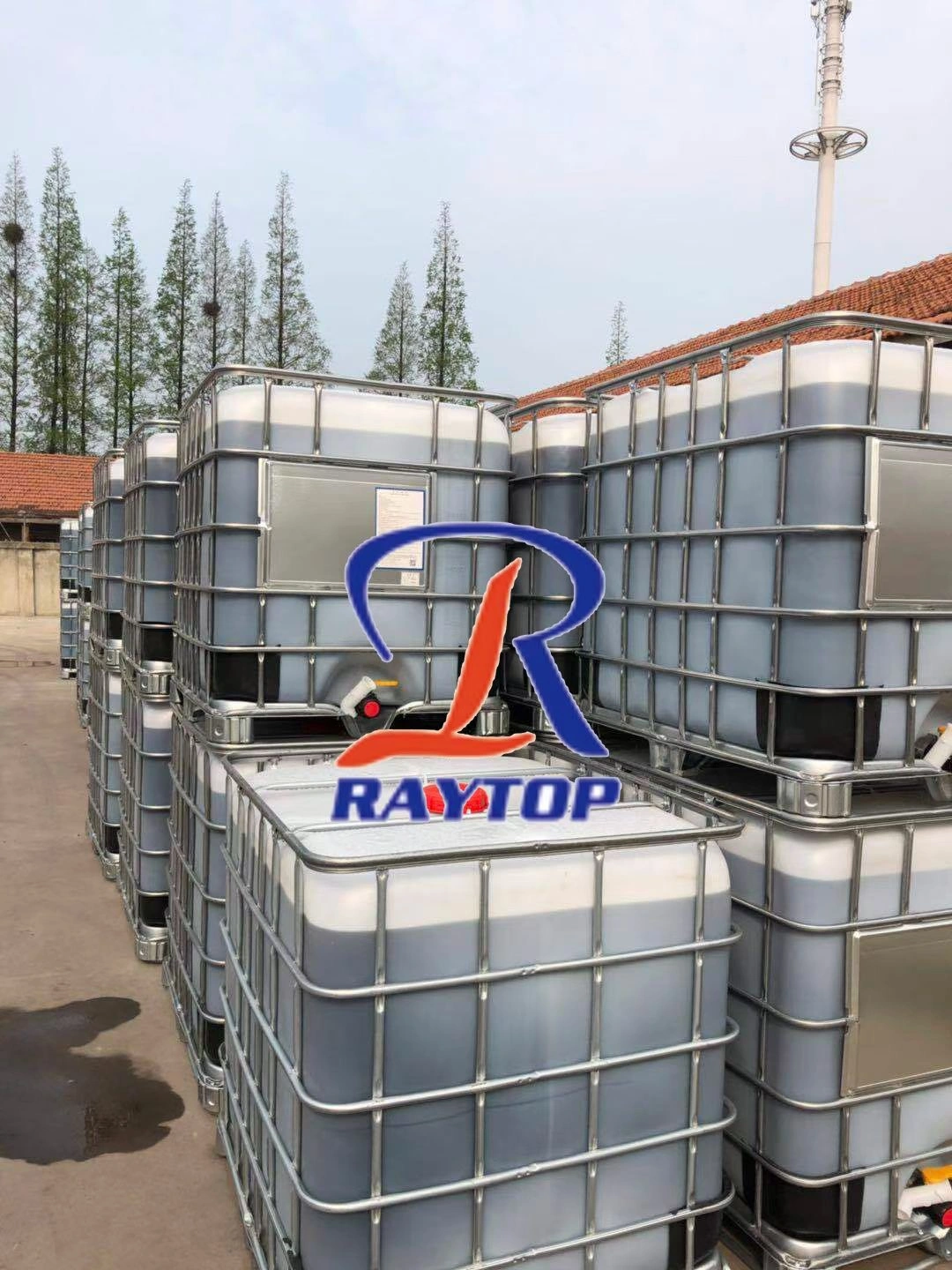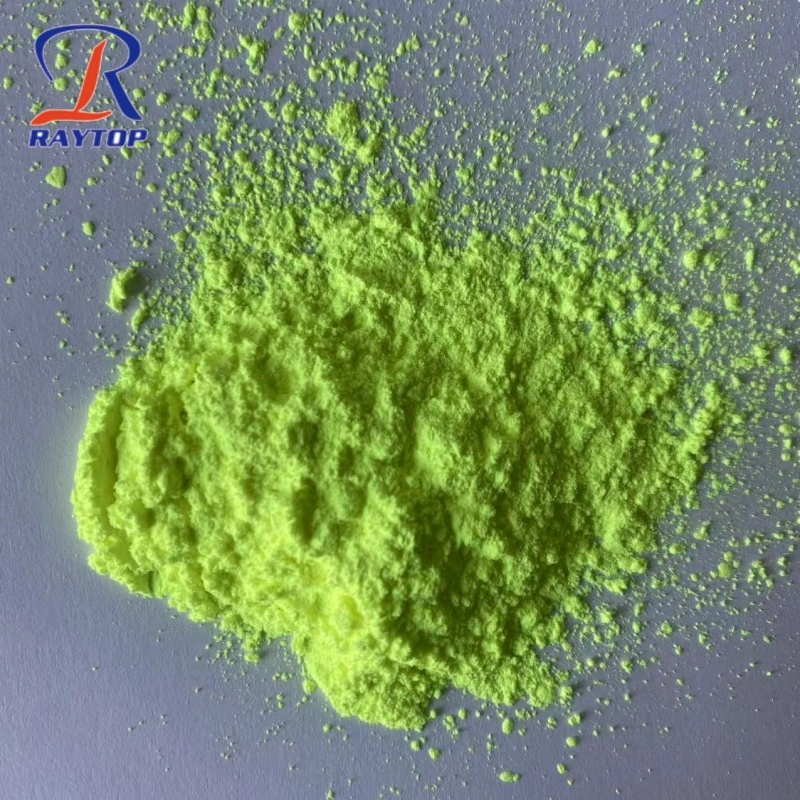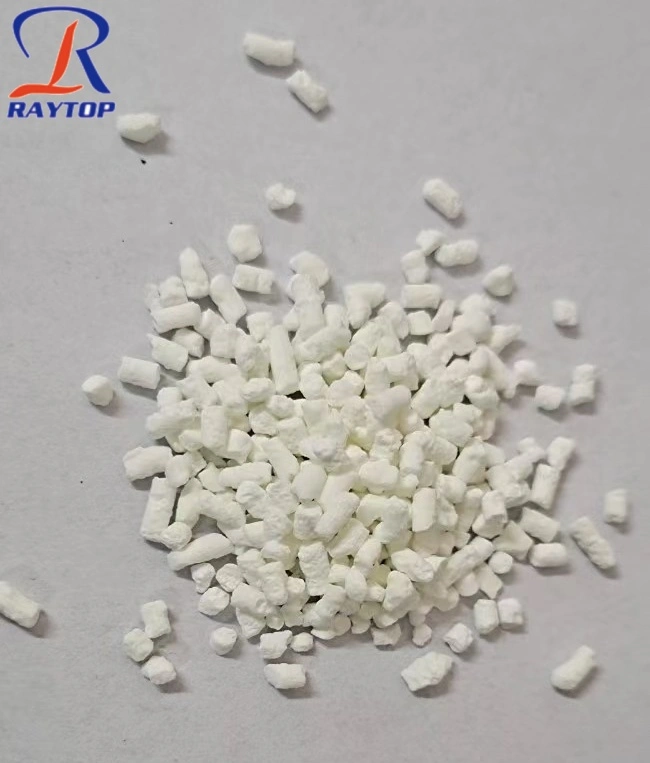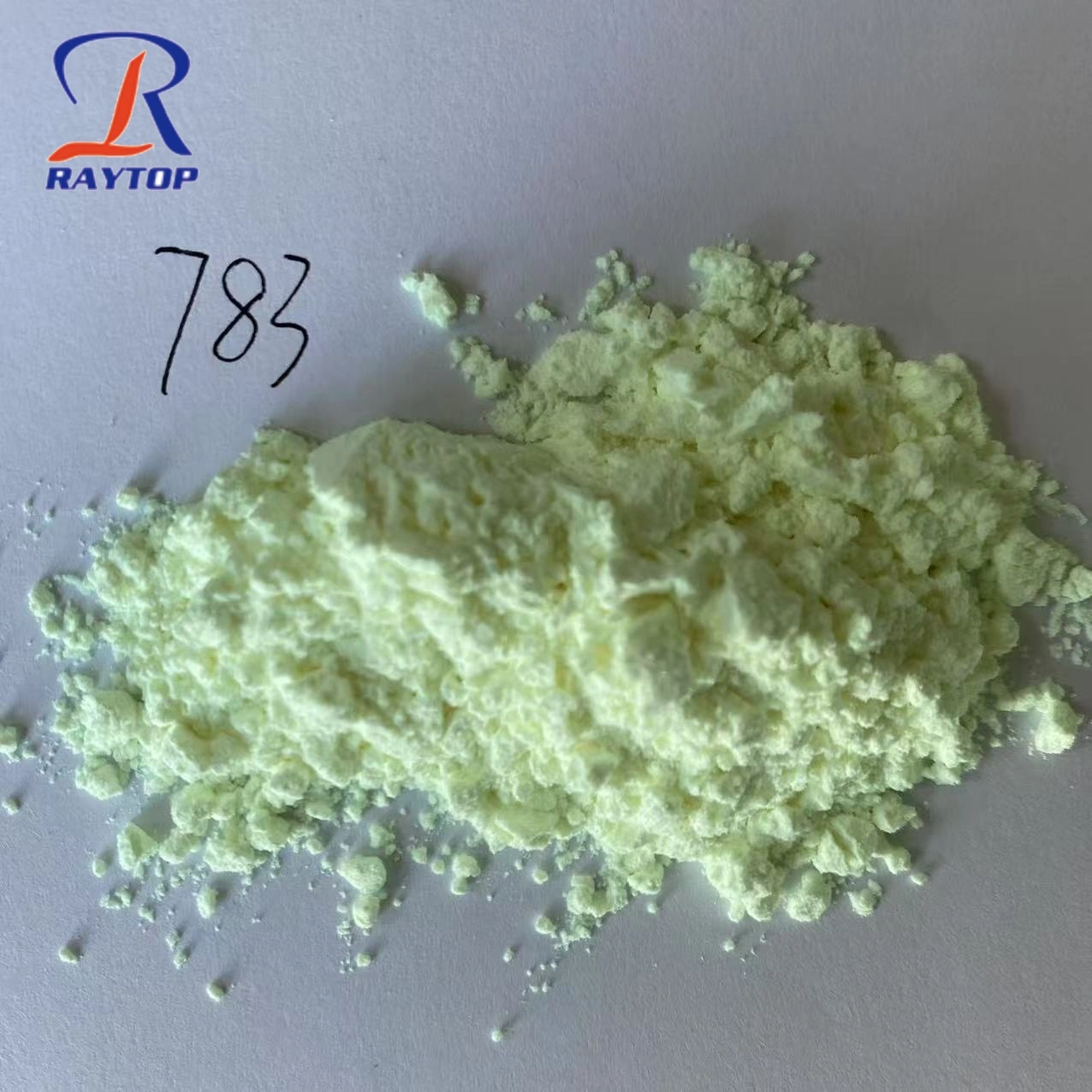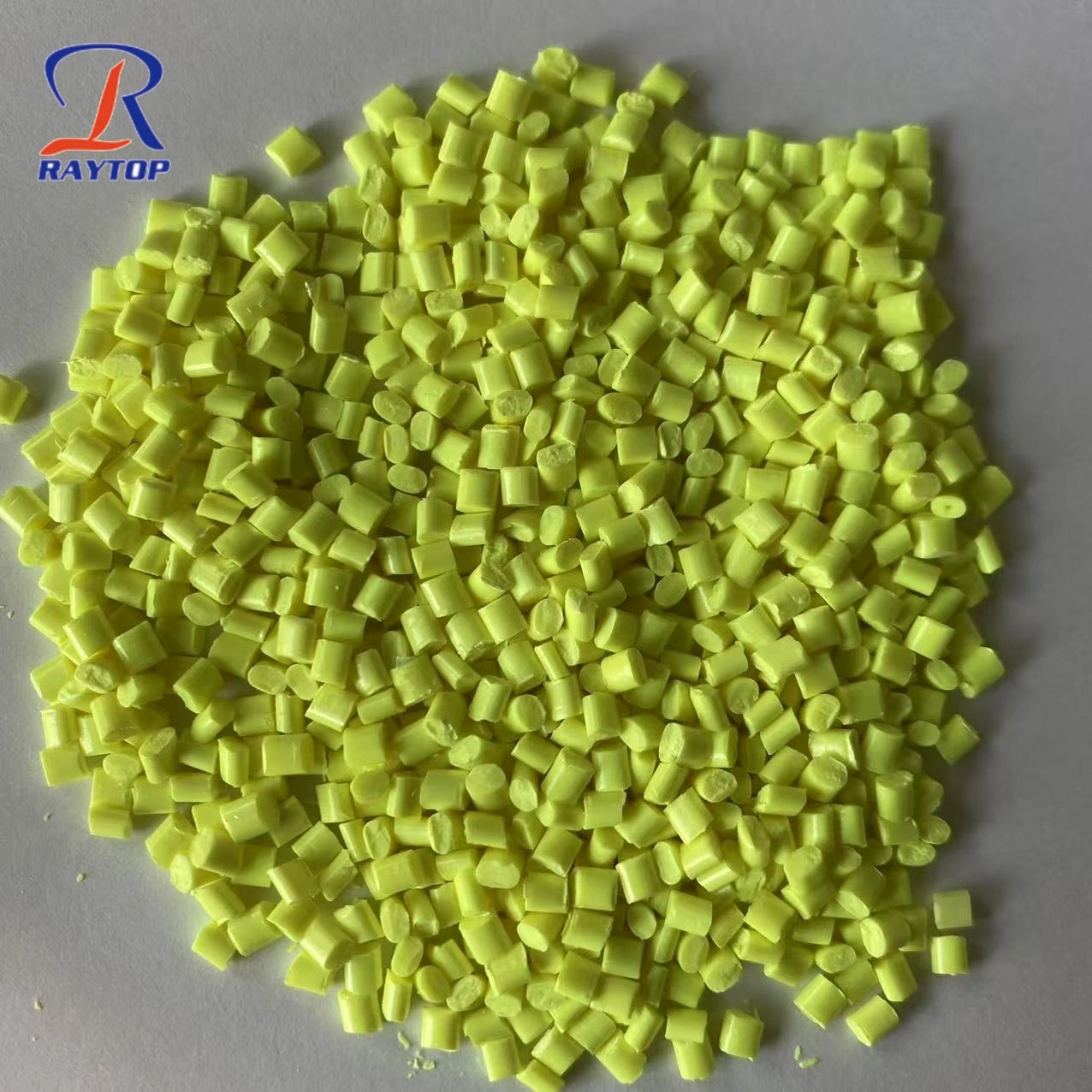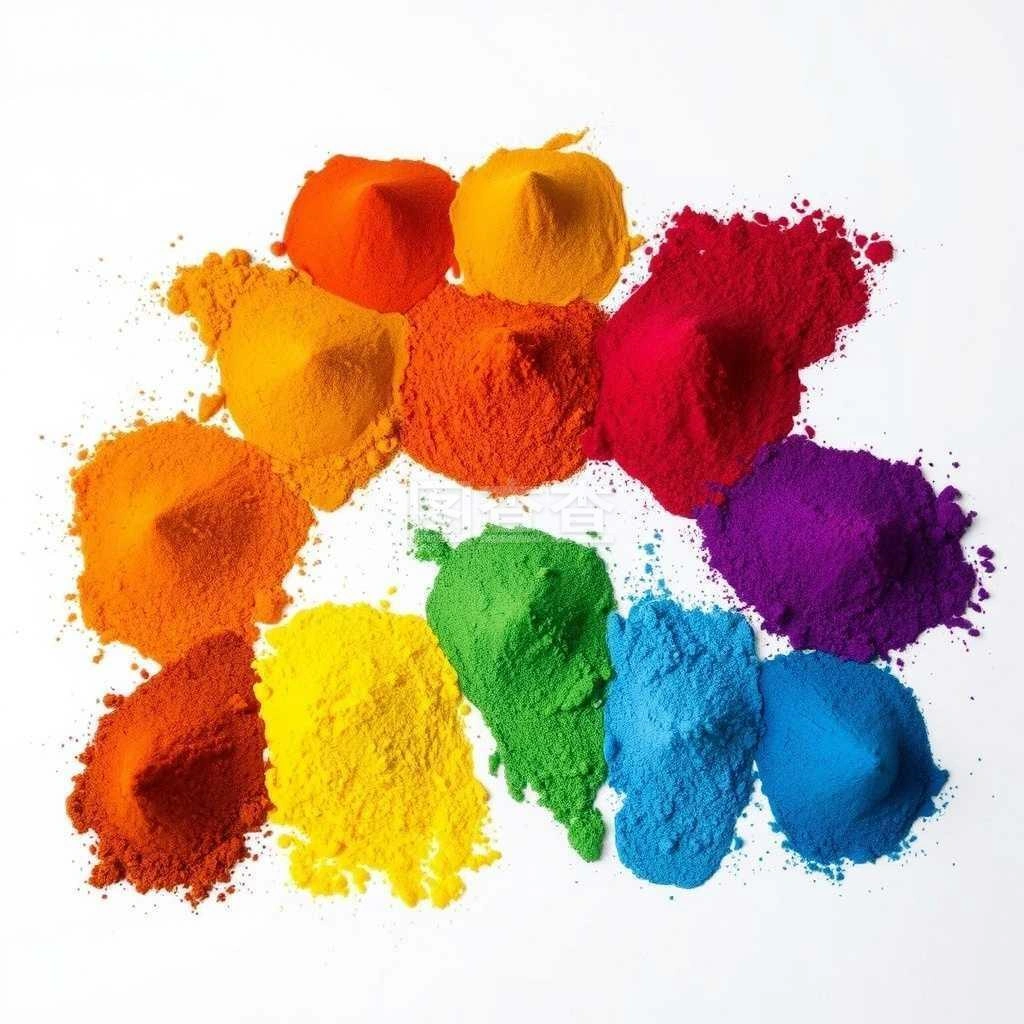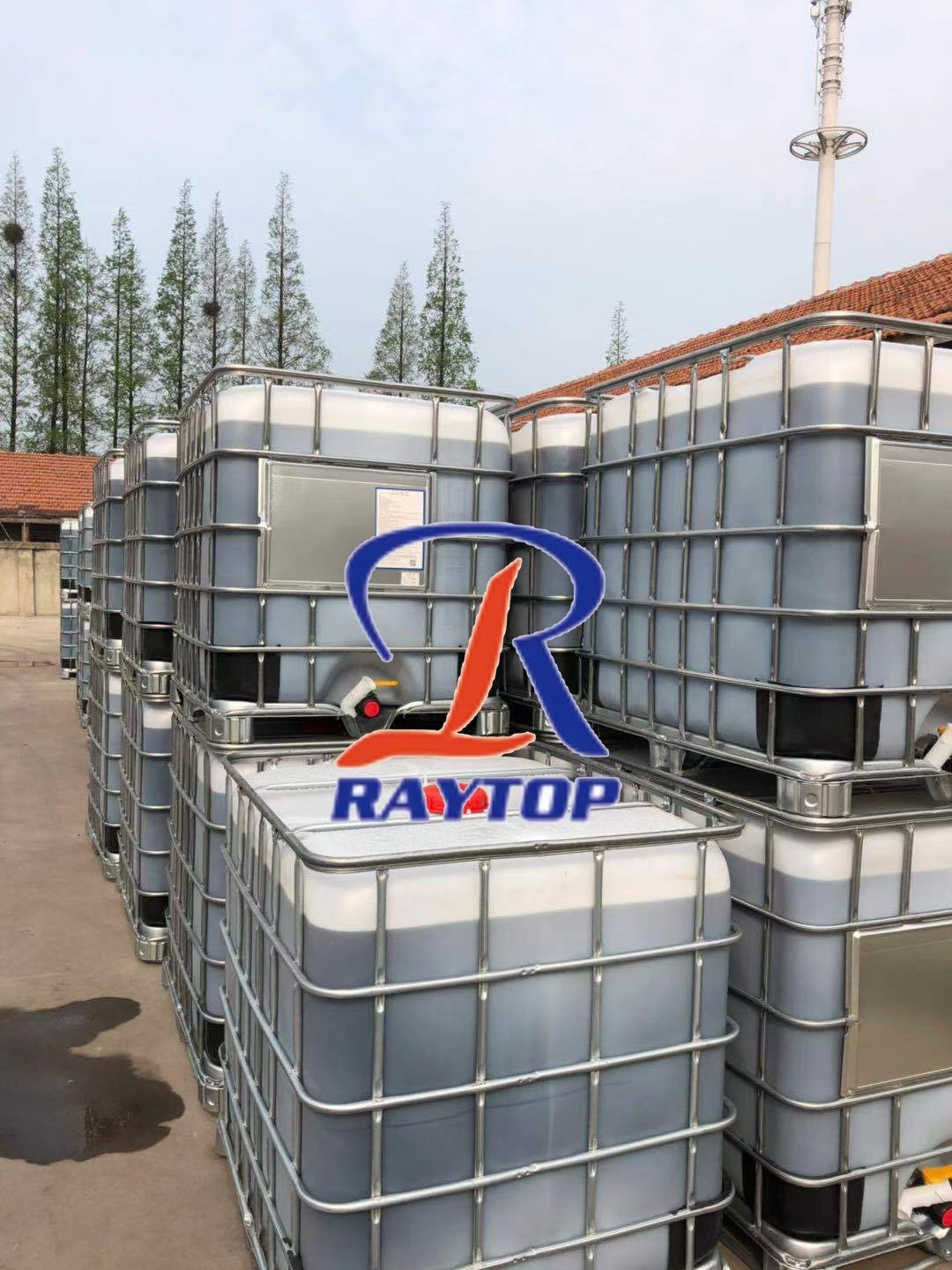Optical Brightener Dyes
Optical brightener dyes: dyes that strongly absorb and radiate fluorescence in the visible light range.
The fluorescence reflectance of the Optical brightener in the textile depends on the intensity of the UV light source, the amount of fluorescent substances dyed on the textile and the fluorescence quantum efficiency of the Optical brightener. Different Optical brightener dyes have different fluorescence quantum efficiencies and different dyeing dosages. Generally, the concentration of Optical brightener dyes is about medium color, not too dark and not too light. When the optical brightener dye solution is diluted, the fluorescence intensity is proportional to the concentration. If the concentration of the solution is too large, the fluorescent substance will appear "self-extinguishing" reaction, and the fluorescence intensity will decrease. The solution concentration is too small, the fluorescence is not obvious, and the vividness is not enough.

Specifications Table for Optical Brighteners in Textiles
| Specification | Details |
|---|---|
| Product Name | Optical Brighteners (Fluorescent Whitening Agents) |
| Appearance | White or slightly yellow powder |
| Solubility | Soluble in water |
| Application | Cotton, polyester, nylon, and synthetic fibers |
| UV Absorption Range | 340-370 nm |
| Fluorescence Emission | 420-470 nm (blue light) |
| Optimal Application pH | pH 6-10 |
| Concentration in Textiles | 0.05%-0.2% |
| Compatibility | Suitable for use in most dyeing and finishing processes |
| Light Fastness | Good to excellent |
| Heat Resistance | Stable up to 200°C |
| Environmental Impact | Non-biodegradable, persistent in water |
Technical Specifications Table for Optical Brighteners in Textiles
| Parameter | Specification |
|---|---|
| Chemical Composition | Stilbene, Benzoxazole, Coumarin derivatives |
| CAS Number | Varies by chemical type (e.g., CAS 7128-64-5 for stilbene-based) |
| Molecular Weight | Varies (example: Stilbene-based = 414.45 g/mol) |
| Melting Point | 210-260°C |
| Boiling Point | Not applicable (decomposes before boiling) |
| Solubility in Water | 10-50 g/L at 25°C |
| Fluorescence Wavelength Range | 420-470 nm |
| Optical Activity | Strong fluorescence under UV light |
| Toxicity | Low acute toxicity (based on most commercial formulations) |
| Skin Sensitization | Possible for sensitive individuals |
| Environmental Persistence | High (not biodegradable) |
| Recommended Application Method | Padding, dyeing, or finishing |
| Dosage | 0.05% to 0.2% weight of the fabric |
| Storage Conditions | Store in a cool, dry place |
Different textiles make Optical brighteners exhibit different fluorescent properties. For example, dispersed fluorescent yellow 8GFF, when polyester, ester fiber, and cotton fiber show bright fluorescent yellow with green light, but when acrylic fiber is dyed, it will appear bright yellow light, less green light, and no fluorescence.
The pH value has an effect on the fluorescence reflectance. Generally speaking, acid and weak acid dye baths (pH value between 4-6) are beneficial to improve the fluorescence reflectance. Adding a fluorescent enhancer to the fluorescent dye helps to improve the fluorescent reflectance; when the fluorescent dye is mixed with the non-fluorescent dye, the fluorescent reflectance decreases, the proportion of the non-fluorescent dye increases, and the fluorescent reflectance decreases rapidly.
Optical brightener has a heterocyclic ring in its molecular structure. Common ones are azacyanines, xanthenes, coumarins, semicyanines, etc. Fluorescent dyes are mainly yellow, orange and red, such as Disperse Fluorescent Yellow 10GN, Disperse Fluorescent Yellow 8GFF, Disperse Fluorescent Red G, Disperse Fluorescent Pink BG, Disperse Fluorescent Pink FBS, Disperse Fluorescent Orange 2GFL, etc.
Principle of Fluorescence Generation
Fluorescence is a photoluminescence phenomenon. When ultraviolet light, or some kind of light, shines on a fluorescent substance, the substance absorbs energy consistent with its characteristic frequency and transitions from the ground state to a higher-energy excited state.
Molecules in the unstable excited state will transfer and relax to the lowest vibrational energy level of the excited state in a short time, equilibrate to the excited state, and then fall back to the higher vibrational energy level of the ground state. The energy decays in the form of fluorescence during the fallback process, and the fluorescence disappears immediately when the irradiation is stopped.
01. Optical Brightener BA in textiles
Optical Brightener BA has been widely used in textile, paper, washing powder, soap, rubber, plastic, pigment and paint.
In the textile industry, the whiteness of the fiber itself often fails to meet people's aesthetic requirements. Especially natural fibers, due to the different growth environment and growth cycle, their whiteness varies greatly. The white substance generally slightly absorbs the blue light of 450-480nm in the visible light, resulting in insufficient blue color, making it slightly yellowish and giving people a sense of staleness.
Optical Brightener BA can absorb high-energy near-ultraviolet light to make its molecules enter an excited state, and then the excited molecules transition to a lower-energy ground state and emit fluorescence.
Due to the loss of energy, the fluorescent wavelength of the radiation becomes longer (about 450nm blue light), and the yellow color of the yellowed article can be compensated by the blue light reflected by the fluorescent whitening agent, thereby increasing the apparent whiteness of the article. Since the intensity of the emitted light exceeds the intensity of the original visible light projected on the treated fabric, a slightly tinted whitening effect is produced. The fluorescent whitening agent with practical value, in addition to absorbing ultraviolet light and emitting violet-blue fluorescence and having high fluorescence efficiency, must also be close to colorless or slightly yellow, and have the characteristics of ordinary dyes. For example, the fiber has good affinity, good solubility or dispersion properties, and good fastness properties such as washing, light and ironing.
02. Optical Brightener BBU in textile
Optical Brightener BBU dyes have small molecules and do not contain water-soluble groups in structure. They are uniformly dispersed into the textile in the dye liquor by the action of dispersants. Drying is carried out after the pad dyeing solution, and then hot-melt treatment is carried out. Under the action of high temperature, Optical Brightener BBU deposited on the fabric can diffuse into the fiber in the form of single molecule, and complete the dyeing of chemical fiber in a very short time.
Because the small molecules of Optical Brightener BBU dye are fused together with the textile, the textile has good color fastness to rubbing and washing, but the color fastness to light is poor.
03. Optical Brightener APC Coatings in textile
Optical Brightener APC coating is a slurry composed of fluorescent pigments, dispersants and wetting agents. It is insoluble in water and has no affinity for textile. It cannot be dyed according to the dyeing conditions of conventional dyes.
Optical Brightener APC pigment with large particles has a low coloring rate, dull shade, poor fastness, and difficult to accurately shade; small particles, high coloring rate and good fastness, but the brightness has an impact.
Optical Brightener APC coating is attached to the surface of the textile by padding, and then the resin component of the binder helps the coating to be fixed on the surface of the fiber to achieve a certain color fastness. Due to the influence of the resin contained in the adhesive, the hand of the fabric will be stiff.
Optical brighteners in textiles
Optical brighteners in textiles refer to the fabrics with strong reflective effect after fluorescent dyeing or coating finishing of ordinary fabrics.
The use of Optical brighteners in textiles can make extremely distant targets or targets in the dark get strongly reflected light, thus playing a good warning and safety precautionary role.
Optical brighteners in textiles are mainly chemical fibers, and the fibers are dyed with disperse fluorescent dyes, which have good color fastness to washing and bright color.
Cotton, linen, silk, and wool fabrics are basically dyed by using Optical Brightener BA paint to bond the paint to the fibers through adhesives. The color of the fabric is different due to factors such as surface mechanism, paint concentration, dye uptake rate and pH value, and even no fluorescence emission effect occurs, resulting in no effect of fluorescent color.
Problems and misunderstandings in the use of Optical brighteners in textiles
Optical Brightener Color Cons
Optical brighteners in textiles have poor light fastness.
Optical brighteners in textiles have poor color fastness to rubbing, and the color fades badly when washed with water.
The fluorescent color of cotton, linen, wool and silk fabrics has problems such as difficult color accuracy, dull color and low fluorescent reflectivity.
Because optical brighteners can absorb near-ultraviolet light invisible to the human eye, and then emit blue-violet fluorescence visible to the human eye, this optical property is used to improve the whiteness and gloss of textiles, fabrics and other products.
The fabrics with optical brighteners are brightly colored and brightened; they are very popular with customers
Optical brighteners in clothing fabrics have limited impact on people
Fluorescent agents on textiles are mainly related to color, and some colors must be added with fluorescent dyes to achieve the desired color: such as those very bright colors, such as fluorescent orange, fluorescent yellow, etc., while those with very white colors are bleached. It is impossible to achieve the required color depending on the fabric itself, and an optical brightener must be added in the production. Moreover, because the dye itself is fluorescent, or the optical brightener is added in the production process, it is difficult to remove it during the washing process.
In addition, regarding the fluorescent whitening agent, the general skin contact is not a big problem, unless it enters the human body, it will cause a series of safety problems. If it is not accidentally eaten in a large amount, it will not affect the body, and there is no need to panic.

